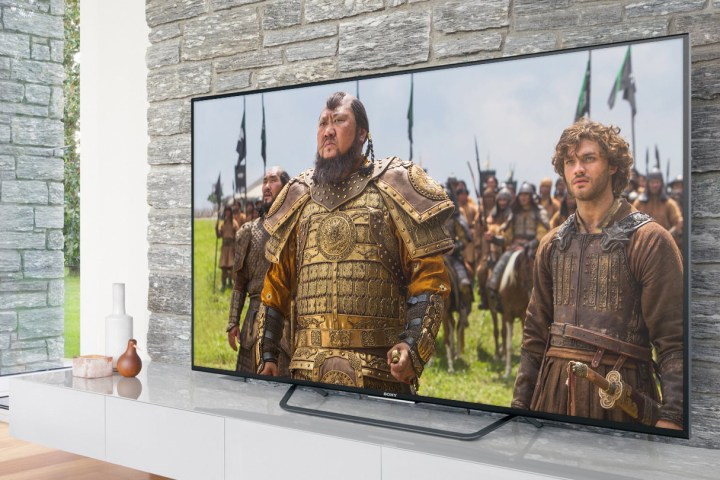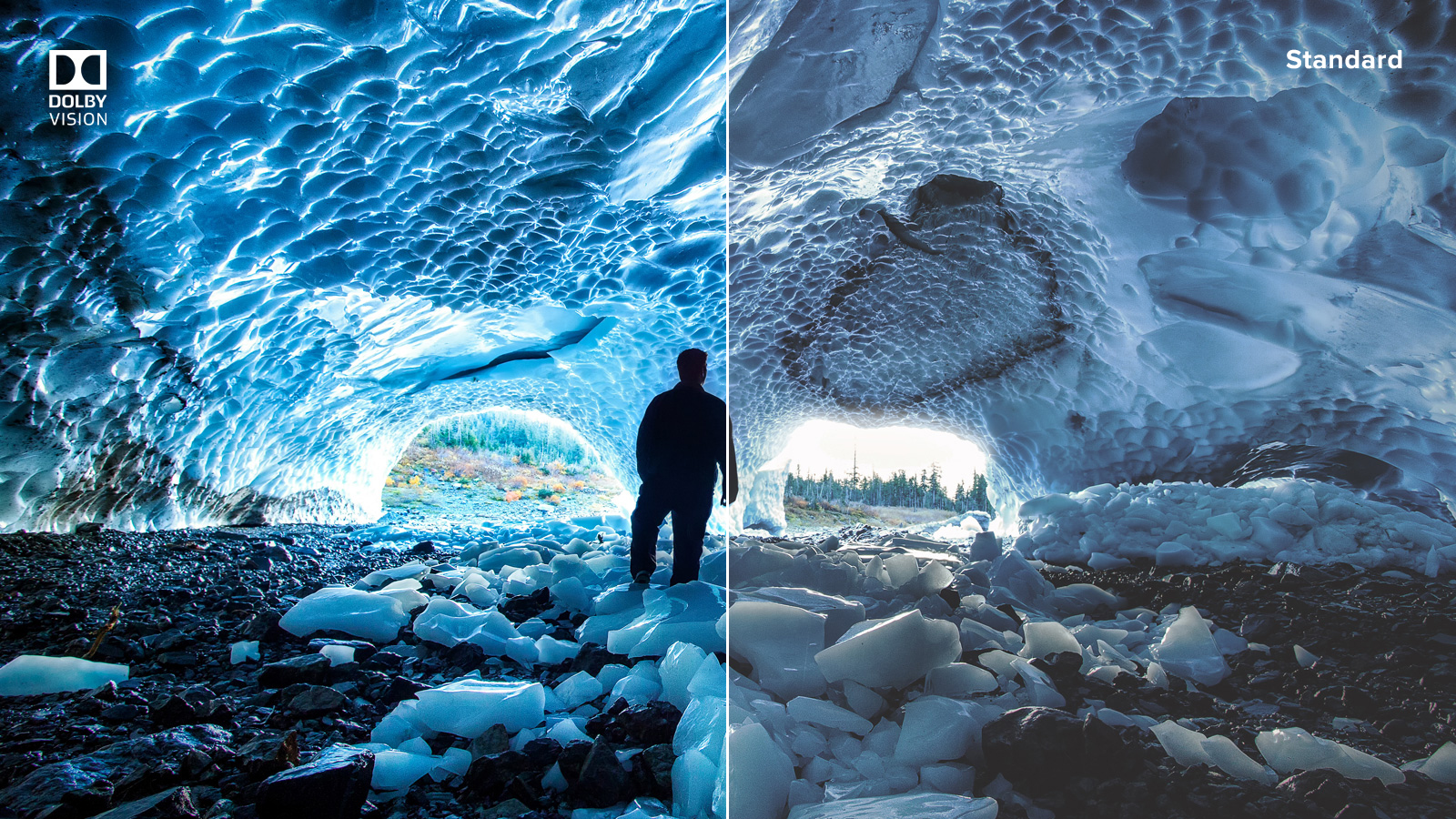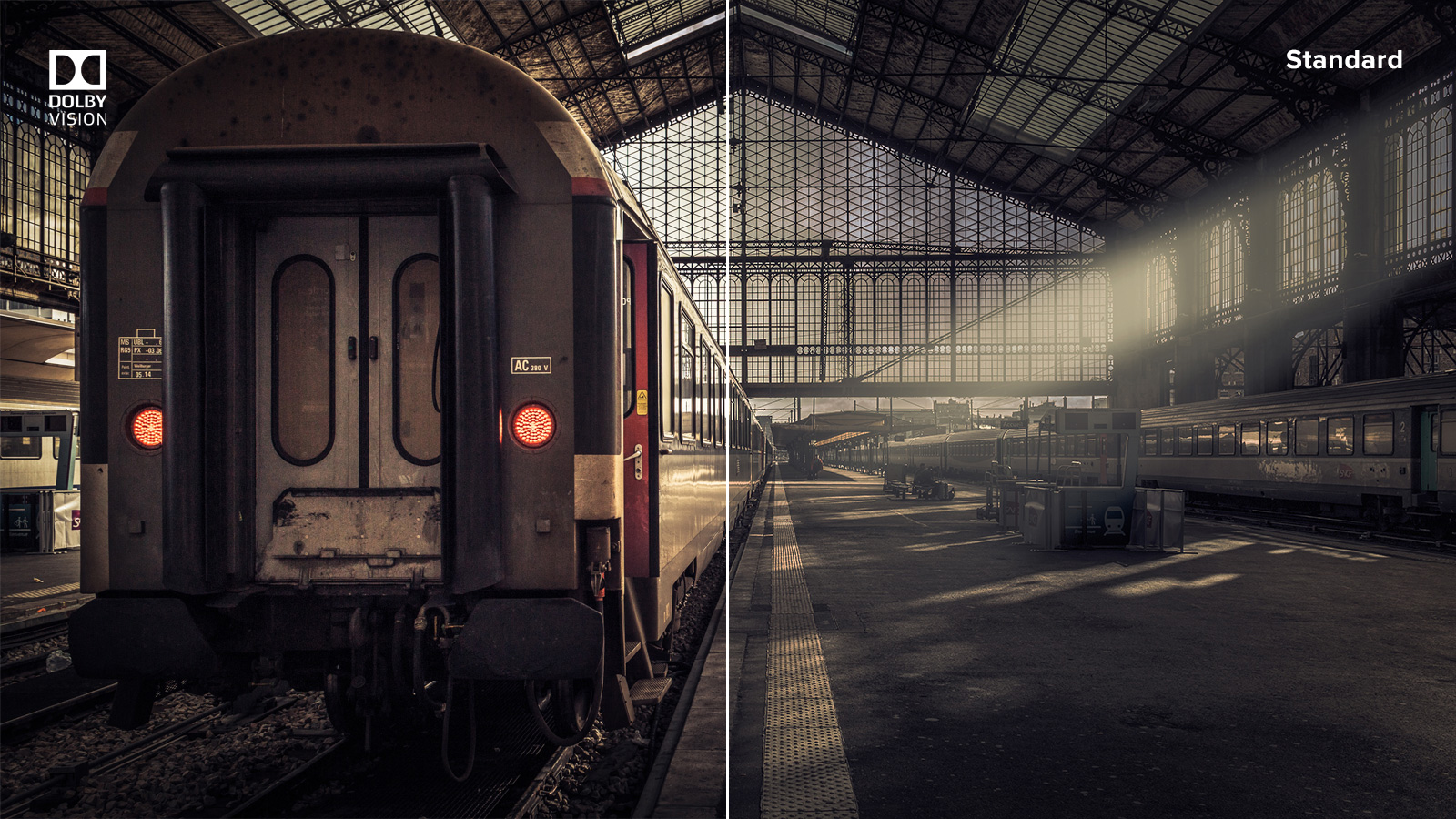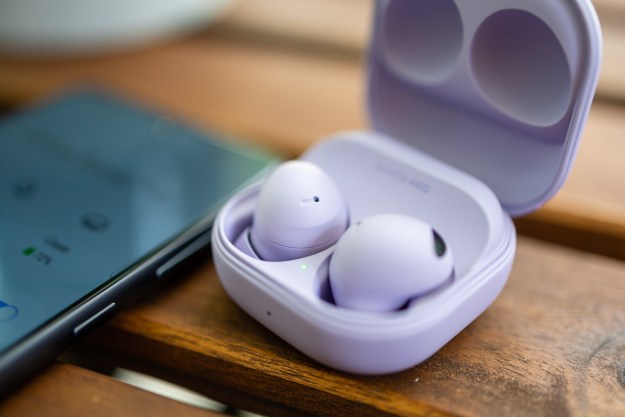
Netflix sees HDR as the real “next big thing” in video — even bigger than 4K — and that means it’s coming soon to a red-and-white screen near you. Here’s why higher dynamic range is all the rage, and what it means for the way you’ll binge the next season of Orange Is the New Black.
HDR > 4K resolution
4K TVs are no longer a luxury; they’ve replaced 1080p TVs as the new at-home display standard. Buyers expect the same leap forward in picture quality they saw when transitioning from standard definition to high definition. But more pixels aren’t satisfying everyone’s craving for “the next big thing in TV.”
“I think HDR is more visibly different than 4K,” Neil Hunt, chief product officer at Netflix, told Digital Trends. “Over the past 15 years, we have had plenty of increments of pixels on the screen, and from what we saw with digital cameras, pixel count eventually stopped being interesting.” A higher number may have looked nice stamped on the side of the camera, but most people couldn’t discern a 25-megapixel shot from a 20-megapixel shot in real life.
“I think HDR is more visibly different than 4K.”
Dynamic range, Hunt argues, matters more because modern TVs are still nowhere near approximating the brightest brights and darkest darks we can see with our eyes. “In the real world, you have 14 bits of brightness difference, so imagine stepping outside to look at a reflection of water or shadow of a tree that’s between 12 and 14-bits of range,” Hunt explains. “TV only represents 8 bits, so you lose one or the other; you can’t have the brights and the darks at the same time.”
And HDR is just the beginning. Additional color expression — the number of shades your TV can actually display — will dazzle viewers in lockstep with
Indeed, though many have been sold on 4K Ultra HD’s resolution as the game changer, it’s all the other technologies that come with it that may floor viewers the most.
If HDR is so great, why isn’t everyone doing it?
Technically, everyone is doing HDR. They’re just at odds over how to do it, and that’s stunting deployment.
HDR hasn’t rolled out en masse yet because of competing standards (think back to Blu-ray vs. HD DVD). Dolby Vision gets a lot of press thanks to its recognizable name, and big names like LG have aligned with the home entertainment juggernaut. But then there’s Ultra HD Premium (or
The lack of one horse for all industry players — TV manufacturers, streaming services, broadcasters, and film studios — has made it tough push HDR forward, let alone tout the technology’s benefits.
With that said, some of Netflix’s competition began deploying their streaming HDR-encoded content options last year. Amazon was first, bringing its original series, Mozart in the Jungle, to viewers in HDR in July 2015. Since, Amazon has released Red Oaks, also an original series in 4K with
OLED vs. LCD
The type of TV you own can also affect the difference HDR makes.
Hunt notes that an LCD TV in a room with average indoor lighting would ideally need to produce 2,000 nits of brightness to reproduce the brightest brights our eyes can perceive. The problem is, the best LCD TVs on the market right now max out at about 1,000 nits. In contrast (pun intended): While sitting in the dark, the maximum brightness necessary would be much lower, but the TV’s blackest output would also need to drop to compensate for the eye’s increased sensitivity to darkness. For this reason, OLED display technology is a more compelling choice because of its near-perfect blacks.
“If you’re going to engineer a viewing room that’s dark with no reflections, then OLED is a powerful technology because your eyes are going to adapt to the darkness and the picture is going to look great,” he says. “If you want to view in a room with lots of windows during the daytime, then an OLED TV is not going to be as compelling and an LED-LCD will be better. Basically, you have to pick and choose. I think we’ll see over the next few years, HDR technology will advance by leaps and bounds and we’ll see it delivered in more and more compelling ways.”
Making HDR a priority
The content will have to catch up in the meantime. To get the full gist of what HDR is capable of, content must be shot with it, says Hunt. Netflix already streams Daredevil and Marco Polo in Dolby Vision, with
“There are a couple of manufacturers making Dolby Vision TVs that we will certify and be in the market very soon. In a month or two, we’ll do the same with HDR 10 TVs as well,” he says, without specifying the makes or models.
“HDR technology will advance by leaps and bounds and we’ll see it delivered in more and more compelling ways.”
Hunt anticipates that 5 percent of content will be available in HDR in a year, ramping up to 20 percent by 2019 for those who have the capability to receive it. That will matter because backward compatibility is likely to be a problem. Most TVs max out at 400 nits of brightness, whereas
“It’s like colorizing black and white footage, where it may look a little better, but won’t be great. The same applies for HDR,” he says. “You can do it for older stuff, which is a lot of work, and won’t be first-class, but it’s worth doing for great stuff. The big improvement is to do everything from here forward in
He anticipates some of the TVs sold with HDR logos in 2015 will get a firmware upgrade making them compliant with Netflix’s content, but isn’t sure how or when that might happen. Interestingly,
“The big step for Netflix this year is that we’re shooting our original shows with cameras that are capable of capturing all the range, then mastering for HDR,” he says. “That includes all the metadata for both types of TVs because we worked with the manufacturers to render it properly. We’re ready to start building a library and the TVs are making a big leap this year.”
Editors' Recommendations
- Netflix kills Basic plan in U.S., U.K. as ads bring in more revenue
- Netflix’s ad tier won’t let you download content for offline viewing
- Wonder Woman 1984 will mark HBO Max’s 4K HDR debut
- Netflix raised prices and lost customers. Can a mobile-only plan win them back?







